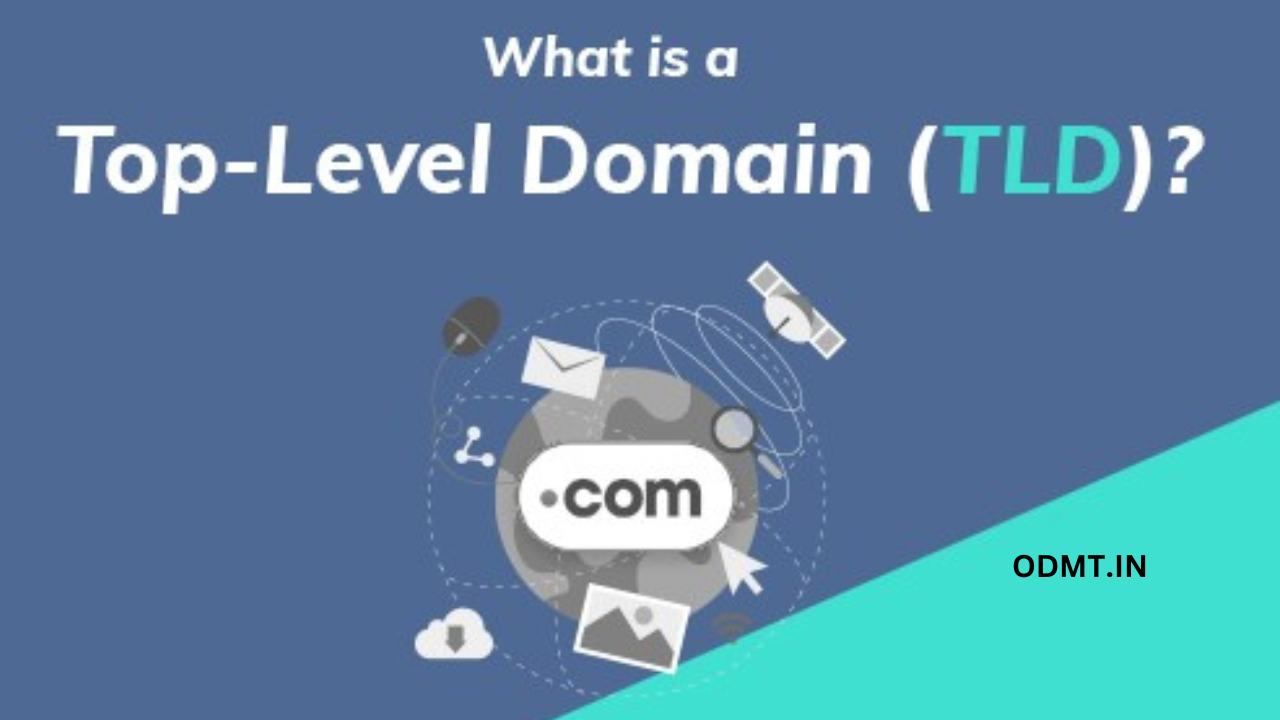TLD’S (TOP LEVEL DOMAINS) :
TLDs, or Top-Level Domains, are the highest level in the hierarchical Domain Name System (DNS) of the internet. They appear at the end of web addresses and usually consist of three or more letters.
There are several types of top-level domains (TLDs), each serving a specific purpose. Let me break them down for you:
- Generic Top-Level Domains (gTLDs):
- These are the most common TLDs and include familiar extensions like
.com,.org,.net, and.info. - Purpose: Originally intended for general use, gTLDs have become associated with various types of websites.
- These are the most common TLDs and include familiar extensions like
- Country Code Top-Level Domains (ccTLDs):
- These TLDs are specific to individual countries or territories.
- Examples include
.us(United States),.uk(United Kingdom),.in(India), and.jp(Japan). - Purpose: Primarily used by entities within the corresponding country or region.
- Sponsored Top-Level Domains (sTLDs):
- These TLDs are managed by specific organizations or interest groups.
- Examples include
.gov(for U.S. government agencies),.edu(for educational institutions), and.museum. - Purpose: Designed for specific communities or industries.
- Infrastructure Top-Level Domains:
- These are reserved for technical purposes related to the internet infrastructure.
- Examples include
.arpa(used for reverse DNS lookups) and.root(used by the DNS root servers). - Purpose: Not typically used for public websites.
- New Generic Top-Level Domains (new gTLDs):
- Introduced in recent years, these are additional gTLDs beyond the traditional ones.
- Examples include
.app,.blog,.guru, and.xyz. - Purpose: Offers more specific and niche options for domain names.
Remember that choosing the right TLD depends on your website’s purpose and audience.
